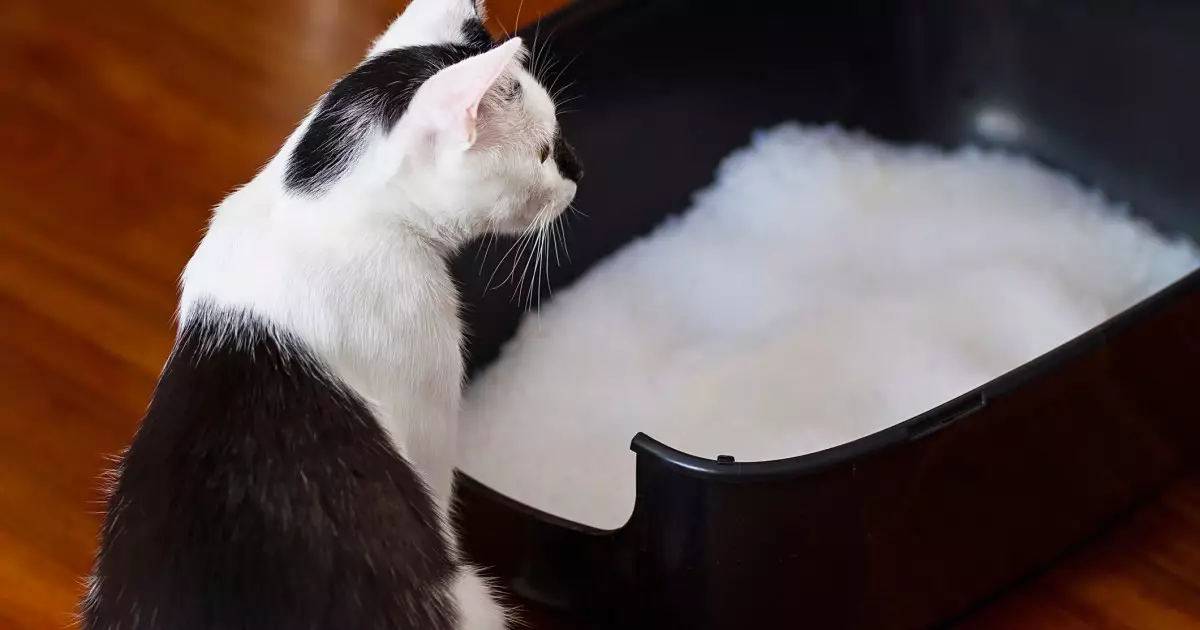As a cat owner, few issues are more distressing than discovering your feline friend has chosen to forgo the litter box. Many pet parents experience this frustration, often feeling bewildered by their cat’s sudden aversion to their designated bathroom spot. This behavior can foster feelings of exasperation, leading many to express their disdain humorously. However, delving into the reasons that contribute to this issue can foster a better understanding of your cat’s needs. In this article, we explore the possible motivations behind your cat’s decision to stray from the litter box and suggest effective strategies to encourage cleaner habits.
Exploring the Cleanliness Factor
Cats are inherently clean animals that take great pride in maintaining their hygiene. A dirty litter box can be significant deterrent for them. Felines are known for seeking out cleanliness, and if their toilet area does not meet their standards—such as being too soiled or not scooped frequently—they may resort to utilizing alternative spots for their bathroom needs. As a responsible cat owner, getting into the habit of scooping the litter box daily and replacing the litter entirely every week or so is essential. This modest commitment can dramatically improve your cat’s receptiveness to using the box consistently.
Privacy Matters
The placement of the litter box is also critical in ensuring your cat feels comfortable and safe. An ideal location would be one that provides ample privacy, away from noisy appliances, busy foot traffic, or congregated areas of the house. Cats might shy away from using the litter box if they feel exposed while doing so. Besides, older or physically challenged cats should have easy access to a box that is not placed in an uncomfortable or daunting position. Placing several litter boxes throughout your home can also reduce stress, especially in multi-cat households.
Just like people, cats have personal preferences—they may favor particular types of litter or configurations of the litter box. Some cats do not appreciate certain textures or scents and may indicate their displeasure by avoiding the box altogether. It can be beneficial to experiment with various types of litter, whether it’s clumping, non-clumping, or more natural alternatives, to find the one that appeals to your feline companion. Additionally, ensuring the box is spacious enough for your cat to navigate comfortably will also foster better litter box habits.
Cats are sensitive to their environments. A significant change, such as the arrival of a new pet, a move to a different house, or even alterations in daily routine, might make your cat feel stressed or anxious, triggering inappropriate elimination behaviors. Recognizing and addressing sources of stress is crucial. Create a serene setting for your cat that includes plenty of hiding spots and time spent bonding with them. This support can help alleviate their anxiety, ultimately steering them back toward their litter box.
Medical Underpinnings of Litter Box Avoidance
If you’ve diligently maintained the litter box and minimized stressors but still notice problematic elimination, it may be time to consider underlying health issues that can contribute to inappropriate urination or defecation. Conditions such as urinary tract infections, gastrointestinal disturbances, or pain during elimination can cause your cat to associate the litter box with discomfort. If this behavior persists or is accompanied by other worrying symptoms, consulting your veterinarian promptly is crucial. A thorough check-up can reroute potential health concerns, and your vet can provide tailored recommendations for your pet’s unique situation.
Practical Tips for a Happier Litter Box Experience
Implementing a few preventative strategies can enhance your cat’s litter box experience. In addition to maintaining cleanliness, consider providing multiple boxes—especially in multi-pet households. Ensure they are readily accessible and find peaceful placements away from noisy activities. Pay attention to your cat’s preferences in litter texture and scent, and be open to changes in the box type if necessary.
If you suspect stress is an issue, focus on creating a calmer living environment. A combination of ample hiding spots, a predictable routine, and consistent attention can go a long way in soothing your cat’s insecurities. With patience and persistence, many cat owners can successfully steer their pets back to the litter box.
Whether your cat is struggling with litter box issues due to cleanliness, environment, preferences, or health, it’s essential to provide the love and attention they need during this process. By addressing these factors systematically, you can ensure a happier, cleaner space for both you and your beloved feline companion.
